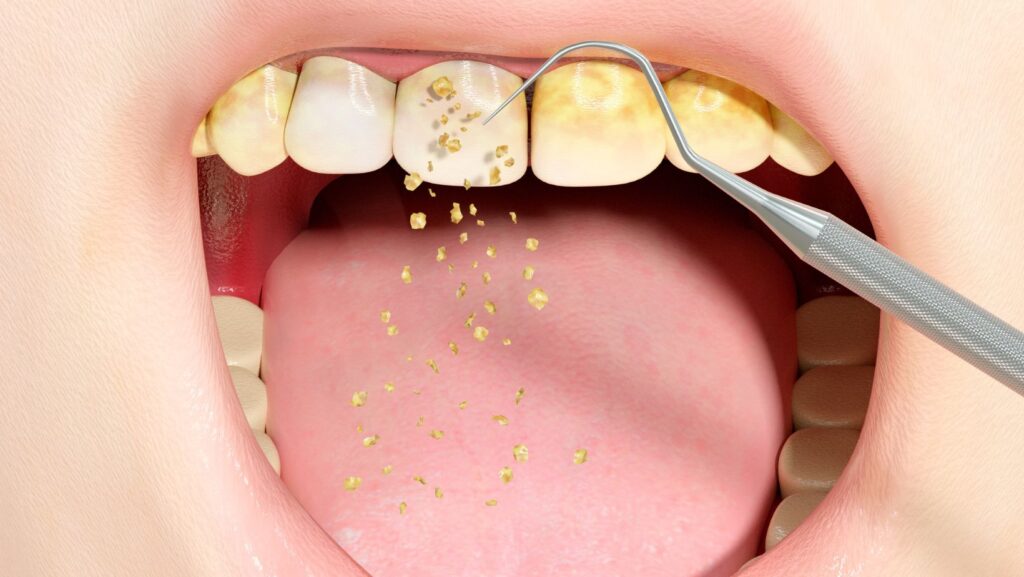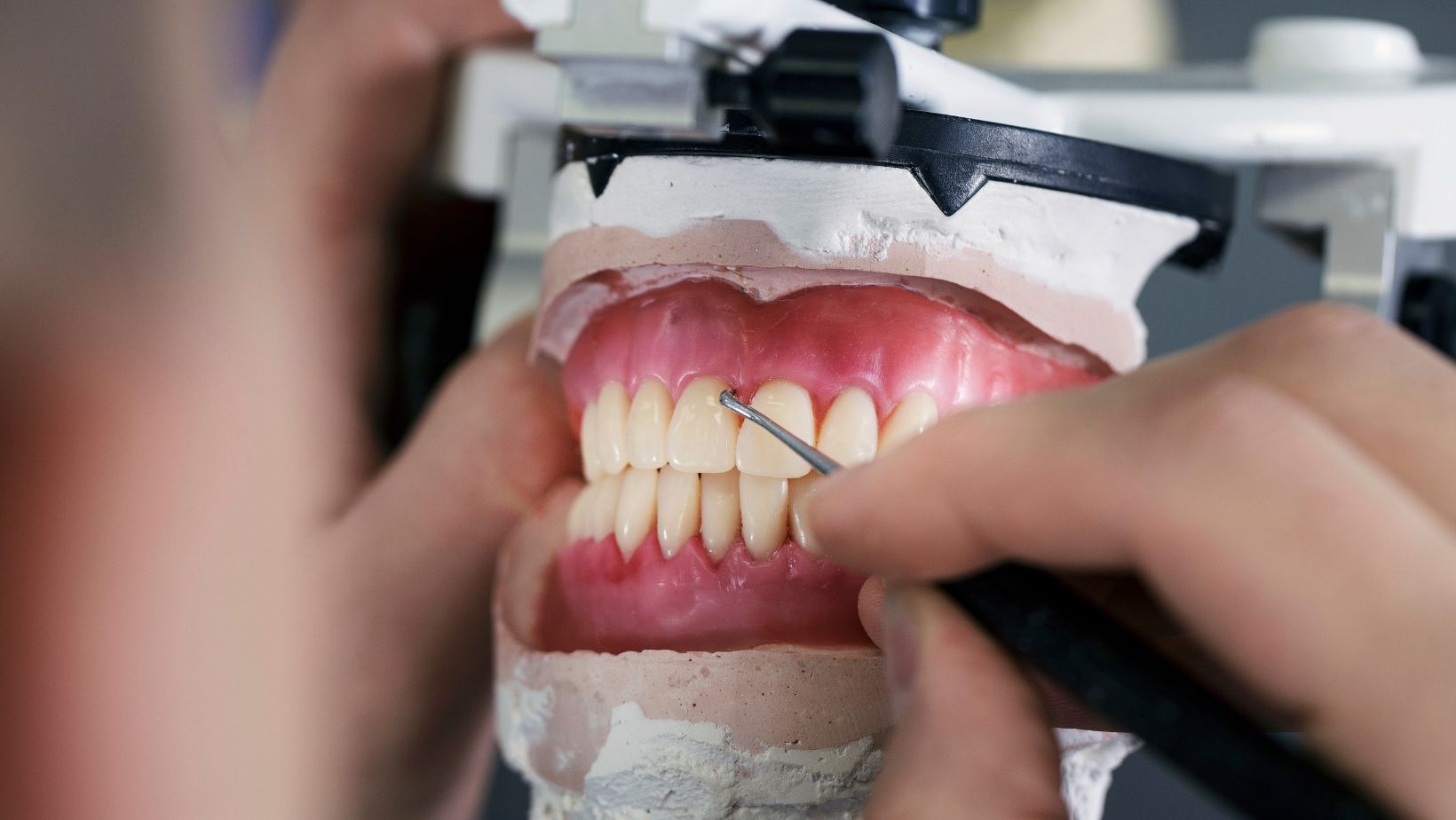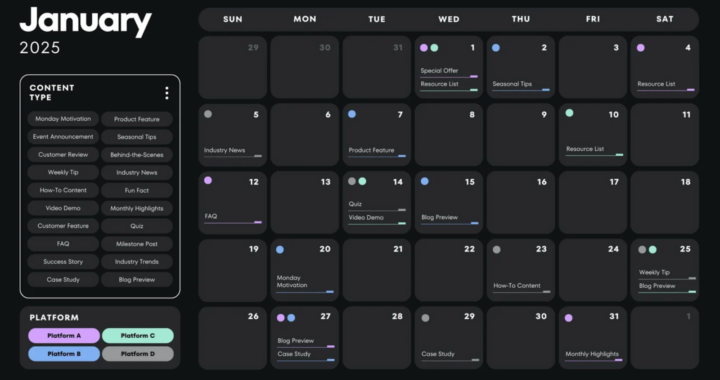
Understanding the Pros and Cons of Removable Dental Devices
Getting your first removable dental device isn’t just a clinical experience, it’s a lifestyle shift. On the first day, many people feel a mix of relief and nervousness. The idea that you’ve filled the gaps in your smile is a huge confidence boost. But then comes the adjustment. Speech may sound different. Eating might take a bit longer. Some people even experience mild soreness or tightness. These aren’t flaws, they’re part of the natural adjustment period.
That said, removable dental devices today are far more advanced than they were years ago. Companies like Revived Smiles offer modern designs that blend comfort with cosmetic appeal. Especially when it comes to flexible dentures, the initial transition tends to be smoother due to their soft, lightweight base.
The First Fit: Initial Reactions & Adjustments
When you first place the device in your mouth, it can feel slightly bulky or unfamiliar. This is completely normal. The muscles in your face, tongue, and jaw need time to get used to the new structure. Many users report that within a week or two, everything feels much more natural.
One major pro here is that these devices don’t require any permanent change to your existing teeth. That means no grinding or reshaping like with fixed options. The flexibility also allows for better alignment in unique or uneven mouths, which can make the first fit surprisingly gentle.
However, there’s a flip side. Not all devices are created equal. Some cheaper or older models might cause friction spots or uneven pressure. That’s why selecting a trusted provider matters, especially for devices like flexible dentures, where quality directly impacts comfort.
Why Some Patients Prefer Flexible Dentures Early On
One of the less-talked-about pros of removable dental devices is the emotional ease they offer. Imagine getting dental work done without the mental pressure of committing to something permanent. That’s a huge win for people who are unsure or anxious about major procedures.
Flexible dentures have become popular among early users for a few reasons. They’re lightweight, blend well with natural gums, and don’t rely on metal clasps that can be both visible and uncomfortable. They also allow minor movement inside the mouth, which mimics the natural feel of real teeth more than rigid devices.
These small perks might seem insignificant at first, but over time, they add up, especially for someone looking for a low-stress, transitional solution.
Pros That Surface Over Time
What many users love most about removable dental devices is how life-adaptable they are. Over months of wear, they settle comfortably into your lifestyle. Cleaning is straightforward, and unlike permanent bridges or implants, you’re in full control of their care. You don’t need to schedule dental procedures every time something feels off, just remove, clean, or adjust.
There’s also the affordability factor. Many patients find these devices to be a budget-friendly way to restore both form and function to their smile, without compromising on looks.
However, a hidden advantage is social flexibility. You can remove the device for important meetings, performances, or even photos if desired. This level of control gives people more confidence to manage social interactions comfortably.
A final pro that surfaces over time is the ability of these removable devices to act as a placeholder for future, more permanent solutions like dental implants. According to this gentle kids dentist in Las Vegas NV, by maintaining the space left by missing teeth, they help preserve your jawbone and prevent remaining teeth from shifting, which keeps the door open for advanced restorative options down the road, ensuring long-term flexibility in managing your dental health.
Cons That May Show Up Later
Despite the clear benefits, long-term use of removable devices comes with its share of downsides. One of the most common issues is wear and tear. While initial comfort is a plus, daily removal and reinsertion can cause micro-damage over time, leading to the need for replacement sooner than fixed alternatives.
There’s also the issue of maintenance discipline. Some users underestimate the need for consistent cleaning and drying. Improper care can lead to staining, bad odor, or even oral infections. And although rare, loss or accidental damage is a real possibility, especially since these devices are taken out regularly.
In some cases, bone resorption (a slow shrinkage of the jawbone) can occur due to the lack of tooth roots stimulating the bone. That’s something fixed implants may avoid, but removable devices, no matter how well-designed, can’t fully prevent it.
Long-Term Thoughts: Satisfaction or Regret?
Most users who go in with realistic expectations end up quite satisfied with their removable dental devices. If you understand that there’s an adjustment curve, a learning period, and a little extra care involved, the overall experience can be very positive.
Flexible dentures, in particular, earn high praise from those who prioritize comfort, affordability, and a natural appearance. They work well as either a long-term solution or a stepping stone toward something more permanent.
For those who struggle with fixed dental options due to cost, anxiety, or oral health limitations, removable dental devices provide a much-needed alternative, one that doesn’t compromise dignity or confidence.
Conclusion
Choosing a removable dental device is not just about filling a gap in your teeth. It’s about how that decision will fit into your day, your habits, your smile, and your comfort zone.
Think about your lifestyle, your daily routine, your travel needs, your ability to commit to cleaning and care.
In the end, it’s about finding something that feels right physically, emotionally, and practically. Removable dental devices aren’t just an option; they’re a solution that respects your comfort, budget, and individuality.






